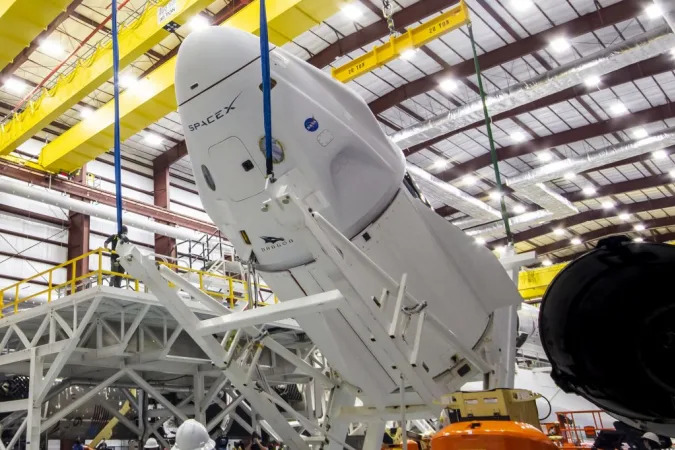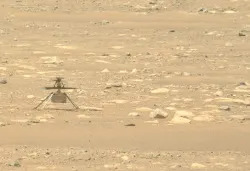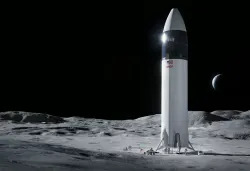SpaceX gets the go-ahead for Crew Dragon launch to ISS next week
- Get link
- X
- Other Apps
It will be the first crew flight using a recycled Falcon and Dragon craft.


NASA has given SpaceX the green light to transport four astronauts to the International Space Station (ISS) next week after completing a formal Flight Readiness Review. Liftoff will take place as planned on April 22nd at 6:11 AM ET at the Kennedy Space Center in Florida.
The upcoming Crew Dragon launch notably marks a couple of firsts for Elon Musk's space venture. Not only is it the first crew flight using a recycled Falcon and Dragon craft, according to Phys.org, but it's also the first with two international partners. The Falcon 9 rocket features the same first stage that launched astronauts to the ISS back in November, while the capsule (named Endeavour) carried NASA's Robert Behnken and Douglas Hurley to and from the space station last Spring.
Both are reusable and form part of the larger SpaceX line-up of spacecraft. The Falcon 9 is a two-stage rocket that’s designed to carry payloads and crewed spacecraft into orbit. It features the same Merlin engine as the larger Falcon Heavy and has been used in a total of 122 launches. Whereas the Dragon is a capsule equipped with 16 Draco thrusters for maneuvers in orbit and several parachutes for reentry and landing.
This time, the mission astronauts include Shane Kimbrough and Megan McArthur, along with Japan Aerospace Exploration Agency's Akihiko Hoshide and the European Space Agency's Thomas Pesquet. They will spend six months aboard the ISS and replace the four Crew-1 members that are returning home.
All that remains is to fix a minor issue ahead of the targeted launch. SpaceX VP Bill Gerstenmaier said the company noticed that slightly more liquid oxygen propellant was being pumped into first stage tanks than they had realized. Engineers are currently making sure that the disparity does not pose any safety hazards. If the issue is resolved as planned, astronauts should blast off on schedule and dock at the station on the morning of April 23rd. You'll be able to watch the launch live on NASA TV.
All products recommended by Engadget are selected by our editorial team, independent of our parent company. Some of our stories include affiliate links. If you buy something through one of these links, we may earn an affiliate commission.




Comments
Post a Comment